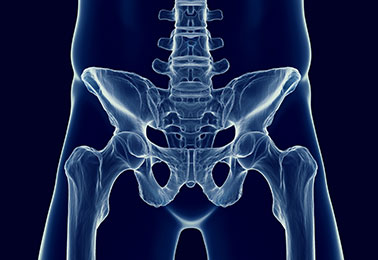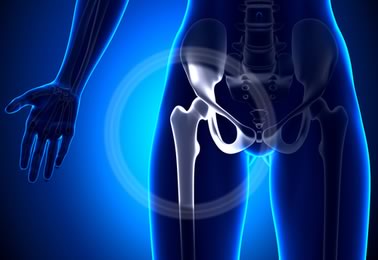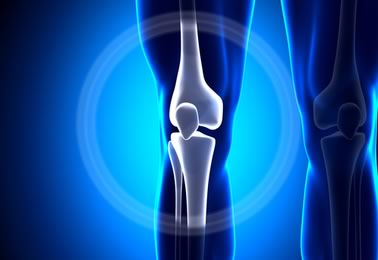Pelvic Floor Exercise Program
Let Dr. Alona Stein, certified Pelvic Rehabilitation Practitioner through the Herman & Wallace Pelvic Rehabilitation Institute, guide you through a 3-phase program to help strengthen your pelvic floor from the comfort of your home.
She will also address core and glutes, two muscle groups that work together with the pelvic floor for stabilization. This program is safe for both men and women.
What Is Your Pelvic Floor?
The pelvic floor is a set of muscles that support many of your organs. In people with uteruses, it supports the uterus, bladder, and colon. In men, it supports just the bladder and colon. The urethra, the vagina, and the anus are all openings in your pelvic floor.
Pelvic floor muscles are also known as PC muscles or pubococcygeus muscles.
You use these pelvic floor muscles to help control going to the bathroom and some sexual activity.
Symptoms of Pelvic Floor Dysfunction
Pelvic floor dysfunction is when you have difficulty coordinating your pelvic floor muscles, resulting in issues with urination and defecation (bowel movements), as well as sexual dysfunction and more. Dr. Alona Stein, certified Pelvic Rehabilitation Practitioner through the Herman & Wallace Pelvic Rehabilitation Institute, will teach you her easy to follow program that may help you if you suffer from pelvic floor disfunction.
The following are common symptoms of pelvic floor dysfuntion:
- Difficulty urinating or having bowel movements
- Feeling like your bowel movements are not complete
- Leakage of urine or feces
- Frequently feeling the need to use the bathroom
- Feeling like you need to force out urine or feces
- Stopping and starting in the middle of urinating
- Long-term constipation
- Needing to change positions to get out a bowel movement
- Painful Urination
- Unexplained lower back pain
- Unexplained pain in your genitals, anus, or lower abdomen (pelvic region)
Causes of Pelvic Floor Dysfunction
Pelvic floor dysfunction can be genetic. Some people simply have weaker muscles and connective tissue.
However, it can also be caused by other things including:
- An injury to the pelvis
- Surgery in the pelvic area
- Aging
- Being overweight or obese
- Pregnancy and childbirth
- Using the bathroom too often or straining too hard when going to the bathroom
The most common causes of this condition in women are pregnancy, aging, and being overweight. If you were pregnant and did not deliver your baby vaginally, you can still get pelvic floor dysfunction. This is because pregnancy itself changes your pelvic area, regardless of how you give birth.
Since your nerves control your muscles, people with neurological disorders like Parkinson’s disease may also experience pelvic floor issues.
Diagnosis for Pelvic Floor Dysfunction
To diagnose pelvic floor dysfunction, your doctor will ask you questions about your health. This will include gathering information about your bowel movements, history of urinary tract infections, and any other conditions that can cause pelvic floor dysfunction. If you are a woman, your doctor may ask you if you have been pregnant, and if you have pain during sex.
Your doctor may perform an internal exam with their fingers, as well as an external exam to see how your muscles are functioning. There are other tests to determine how well your pelvic floor muscles are working. These include:
- Placing electrodes on the surface of your pelvic area to measure how well the muscles function,
- Performing an anal manometry to measure how well the anal sphincter is working. This is when a thin flexible catheter with an uninflated balloon on the end is inserted through your anus. It goes into your rectum and measures pressure movements as it is slowly withdrawn several times,
- Administering a defecating proctogram, a test that includes a thick enema that shows up in an x-ray so your doctor can see how your muscles work to push it out,
- A uroflow test to show how effectively your bladder empties each time you urinate.
Treatments for Pelvic Floor Dysfunction
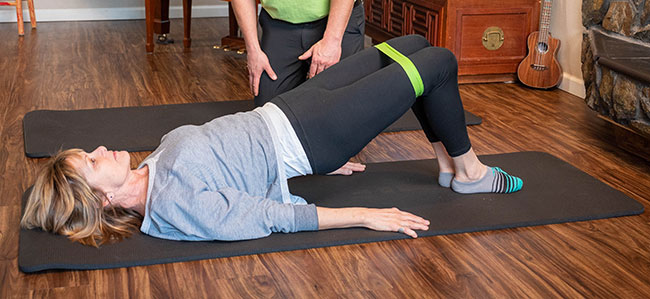
The treatment your doctor may recommend for pelvic floor dysfunction depends on how the condition is for you and the symptoms you have.
Overactive Bladder. If it gives you an overactive bladder, your doctor may recommend Kegel exercises, topical estrogen cream, or prescription drugs to help.
Kegel exercises are when you tighten your pelvic muscles for five seconds and then release them. You can do 10 to 20 repetitions, three or four times a day. This can help strengthen your pubococcygeal muscles.
Fecal incontinence. Your pelvic floor dysfunction can also cause fecal incontinence. This is when the muscles that control your bowel movements don’t work properly, and there is leakage. For this, your doctor might recommend changing your diet, pelvic floor exercises, or surgery to stimulate nerves in the pelvis or tighten the sphincter muscle.
Prolapse. In some cases of pelvic floor dysfunction, prolapse occurs. This is when your rectum or vagina falls out of place because it is no longer properly supported by the pelvic floor muscles. Kegel exercises can help with this, but one of the primary treatments for prolapse is surgery.
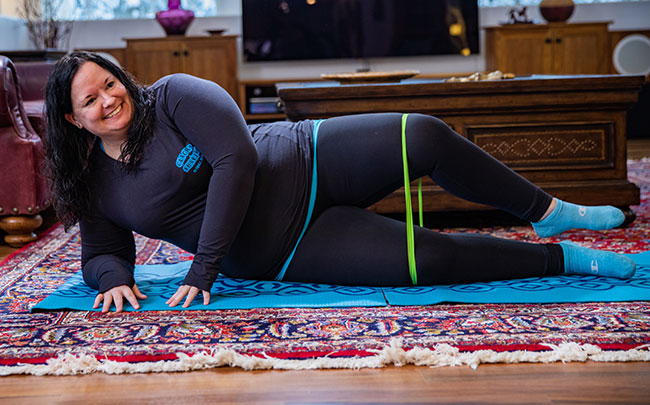
General treatments. In general, treatments for pelvic floor dysfunction include:
- Muscle relaxers or other prescription medications
- Physical therapy to retrain and strengthen the muscles
- Behavior changes, like reminding yourself to avoid straining when using the bathroom
- Lifestyle changes, like doing yoga or taking baths to learn how to relax the pelvic floor muscles
You can do pelvic floor exercises to strengthen your muscles regardless of your age or gender. You can also do them whether or not you’ve given birth. If you are planning to become pregnant, or are pregnant now, doing pelvic floor exercises can help prevent dysfunction later.
Desire Wellness offers a Complete Pelvic Floor Exercise Program
You are professionally guided through the program by a trained and experienced professional thru a series of videos and pdfs providing step-by-step instructions guiding you thru each day of the program.
All phases of the program can be done at home and are safe for both men and women.
A questionnaire provides an objective method to track your progress.
Unlimited 24/7 access. No appointments. No waiting rooms. No travel.
Start TODAY!
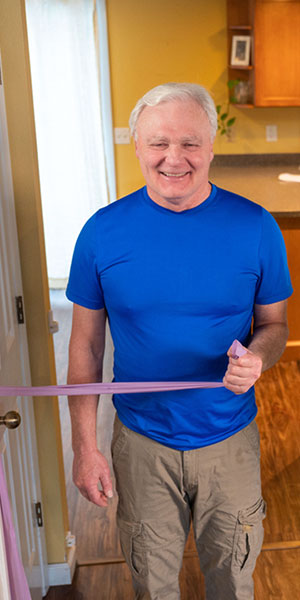
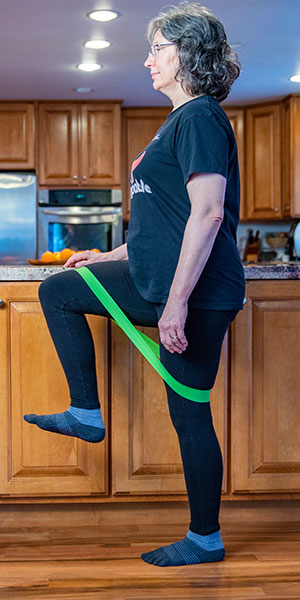
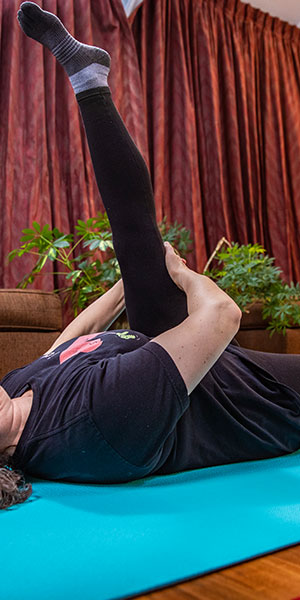
Advantages of Desire Wellness
- Research and Evidence based
- Objectively Track Your Progress
- Feel Better in 5 Days
- Unlimited 24/7 Access
- No Appointments, Waiting, or Travel
We Want to be Part of Your Success Story!

